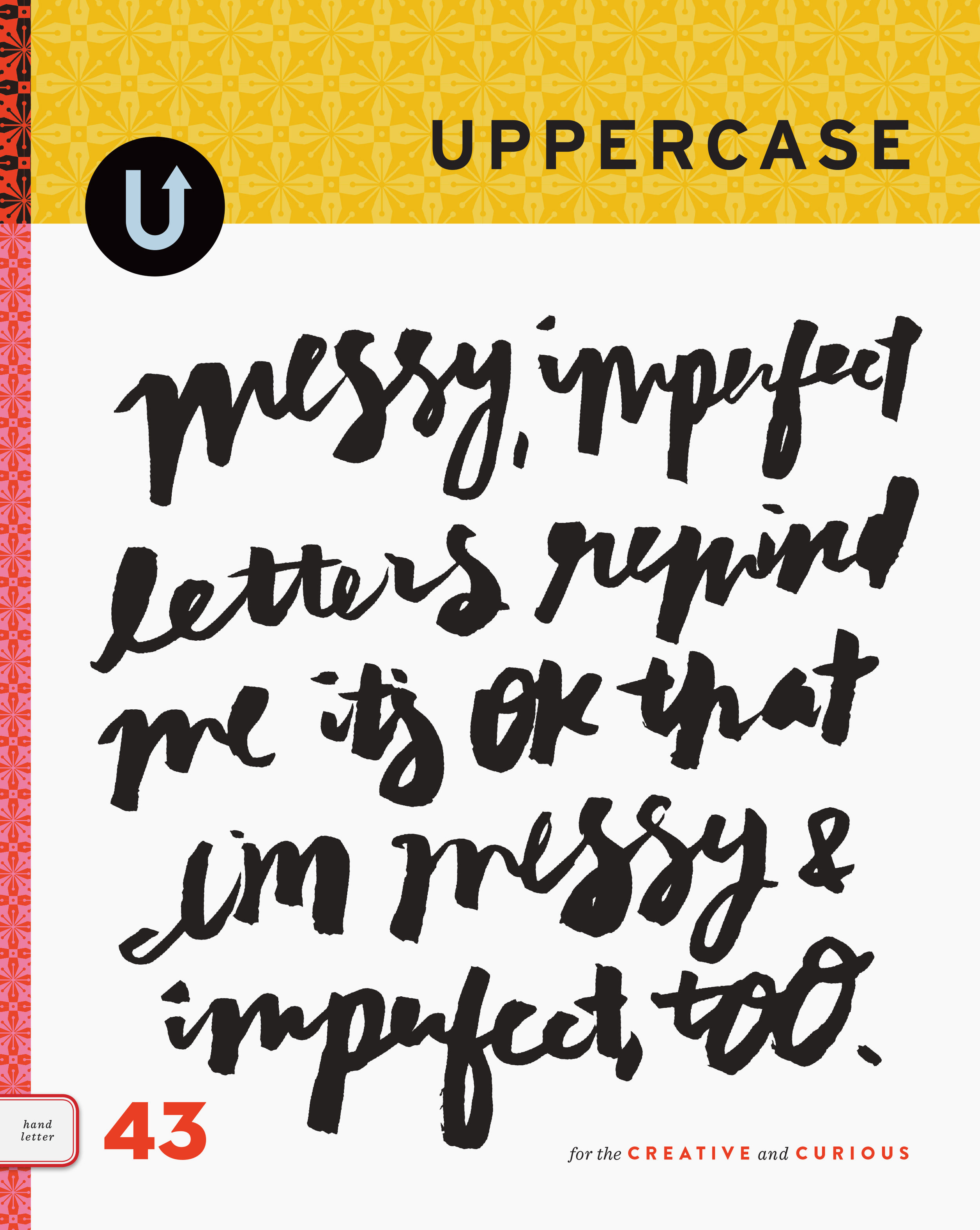ceramic adventures with Mariko Paterson
/Jessika Hepburn walked four short blocks from her home in Lunenberg Nova Scotia to interview ceramic artist Mariko Patterson. Mariko moved to Lunneberg in 2013 from Gabriola Island, BC, after a sudden change uprooted her studio. Mariko took a huge leap across Canada to a town she didn’t know when a friend told her moving anywhere else was “too safe”. Instead of safety she chose adventure, bought a heritage house, set up studio in an outbuilding, found new love and got busy making a creative life.
Mariko's studio is a cheerfully cluttered eclectic space that mirrors her personality. Tucked away in a cozy period outbuilding, the studio is painted white and green to match her 1885 Victorian house with plenty of gingerbread trim and mansard roof. Inside the studio the walls are painted a cheerful yellow called American Cheese and are covered with photos, letters, sketches of dogs and donuts, and bits of ephemera. A big bank of shelves in the back holds Mariko's finished work while a huge canvas-covered table filled with glazes, paintbrushes and clay bodies in different stages of completion takes up the centre of the room. A smaller kiln and a much larger new kiln have a special place in the back. It is an efficient space, and if the amount of work on the tables and shelves is any indication, it is a well-used one.
Do you identify as an artist and a maker or do you feel there is a divide between art and craft?
I like straddling both worlds—the academic and the maker. I've noticed that the older generation of artists often do not like the words crafter or maker. They want to be known as artists. They'll get into the craft-versus-art debate so easily, all you need to do is pick a bit, but I see makers out there doing art and farmer's markets and making a living. I participate in studio tours and gallery shows, but for me markets and social media like Pinterest are really the best for sales and marketing.
What tools are essential for you to create?
I don't need much more than a canvas-covered table and some clay. I do mostly hand building with little snakes of coiled clay that I push into shape. Though all my mugs are wheel-thrown I'm not a potter who throws on a wheel. Eventually I might move to another form but I'm slow to change, like a glacier. I travelled for so many years that I try to keep things really low key. I have a glaze line that I love and a few brushes, but that is about it.
How do you create your pieces?
I hand-build them and wait until the clay gets leather-hard, then take a calligraphy pen and start drawing. I use a piece of plastic wrap that I trace the outline of my illustrations onto with a permanent marker, lay it on, take my wooden tool and lightly trace the drawing onto the clay. Then I'll incise the artwork with a calligraphy pen, put a black wash over top, let it harden and wipe it back with a sponge. Afterwards there is this entire process of sanding and smoothing that never ends, glazing, adding decals, and then firing, firing, firing.
What is your favourite part of the process?
I think it is putting the image on the mugs, when I get to the part where I put the black stain on it before it is even fired and all of a sudden it just comes to life. Then I go, “Aah, you are with the world.”
This excerpt is from issue #21 which also includes profiles of eclectic creatives in Bangkok, the UK and Sweden. Subscribe here.








